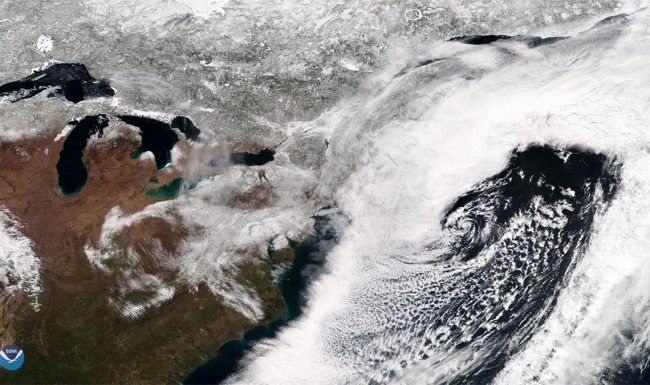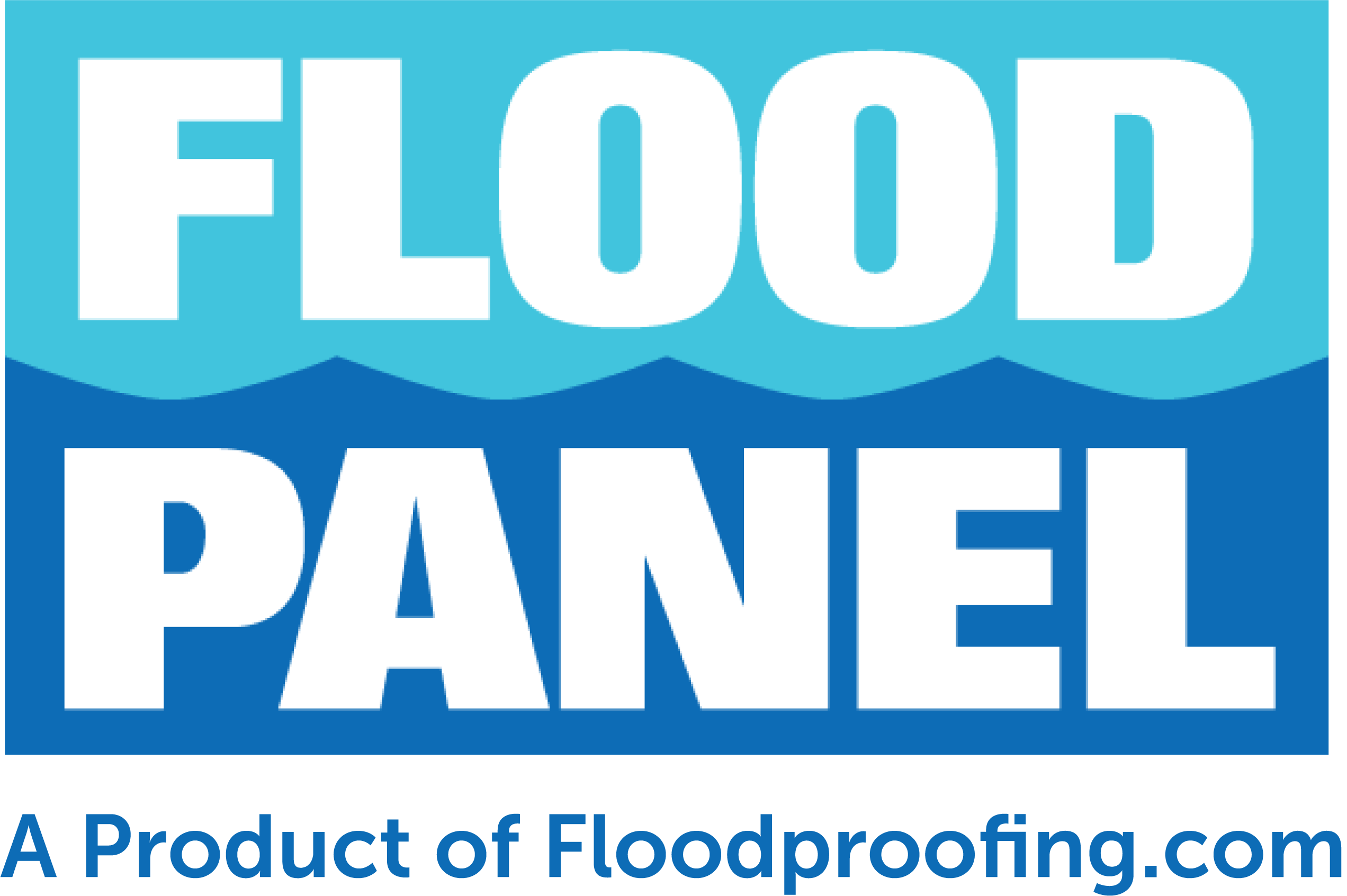Blog
Media Contact
Email: media@floodpanel.com

Nor’easters Cause More Flooding than Hurricanes in the Northeast
March 2018 roared in like a lion on the East Coast with four nor’easters in just three weeks. These storms brought heavy rain, snow, high winds, coastal flooding and beach erosion to major cities including Baltimore, Philadelphia, New York and Boston.
While hurricanes are notorious for their destructive force, nor’easters deliver the most flooding and damage to the Northeast. Superstorm Sandy, a hurricane, produced the largest storm surge on record for New York City. However, nor’easters caused 88 of the top 100 storm surges in that area, according to a study by Rutgers University-New Brunswick scientists.
In Boston this year, nor’easters hit especially hard with catastrophic flooding that destroyed businesses and homes along the coast. The city recorded a historic flood crest of 15.16 feet during a January storm, and a 14.67 crest in March, the third highest on record for that city.
“There is a tendency to misinterpret the worst effects of a nor’easter. They are usually associated with heavy snow that can shut down major interstates, ground flights and reduce visibility to near nothing. Those effects are certainly crippling, but much of the lasting damage is along the coast, where entire beaches wash away and hundreds — maybe thousands — of homes flood.” (“Major nor’easter will inflict destructive wind and coastal flooding on northeast,” Washington Post, 2/28/2018)
What is a Nor’easter?
According to The Weather Channel, “A nor’easter is an area of low pressure along the East Coast of the United States that typically features winds from the northeast Atlantic Ocean.” In the Northeast, most people think of them as winter storms because of their frequency in that season and tendency to deliver significant snowfall.
The classic nor’easter, referred to by meteorologists as Miller Type-A, forms along the Gulf or East Coast and travels north along the coast. A second type, Miller Type-B, starts in the Midwest, moves east and then reforms along the east coast where it resembles the classic nor’easter. The March storms of 2018 followed the Miller Type-B track.
According to Jeff Masters, a meteorologist and blogger with Weather Underground, nor’easters are fueled by the collision of cold, dry air from the north and moist air from the ocean. Hurricanes have a warm core and need tropical water for energy. In contrast, nor’easters have a cold core and thrive in the colder waters of New England, slowly strengthening along the coast where hurricanes typically die.
Nor’easters vs. Hurricanes
The swirling cloud images of nor’easters and hurricanes taken from space may look alike at first glance, but that is where the similarities end.
Nor’easters are not tropical storms. They generally form between Georgia and New Jersey, while hurricanes typically develop in the tropics, first as thunderstorms off the coast of Africa or as low-pressure systems in the Atlantic.
Nor’easters occur 20-40 times a year in the Northeast. They are more common between October and April, but can form anytime of the year. In comparison, a hurricane makes landfall in the Northeast once every five years. Nor’easters are not only more frequent, but at least two a year are considered severe.
Nor’easters are bigger storms. Typically 3-4 times the size of a hurricane, nor’easters are the largest weather systems in the world and can impact a third or more of the U.S. at one time (“Hurricanes vs. nor’easters. What makes them different?,” Washington Post, 2/13/13). In comparison, a typical hurricane is 300 miles wide.
Nor’easters are slow. They move slower than hurricanes, often impacting one stretch of coastline over several days and tide cycles. A single hurricane may cause more damage than a single nor’easter. However, the frequency and duration of nor’easters can cause billions of dollars in cumulative damages from repetitive coastal flooding, power outages and prolonged wind and waves that erode beaches.
As recent storms have proven, nor’easters pack a punch with the potential for flooding on an epic scale. Residents in coastal communities in the path of these frequent storms should take pre-emptive steps to minimize flood damage from the next nor’easter. It’s not a question of if, but when.
For more information on flood mitigation, visit www.floodpanel.com.

